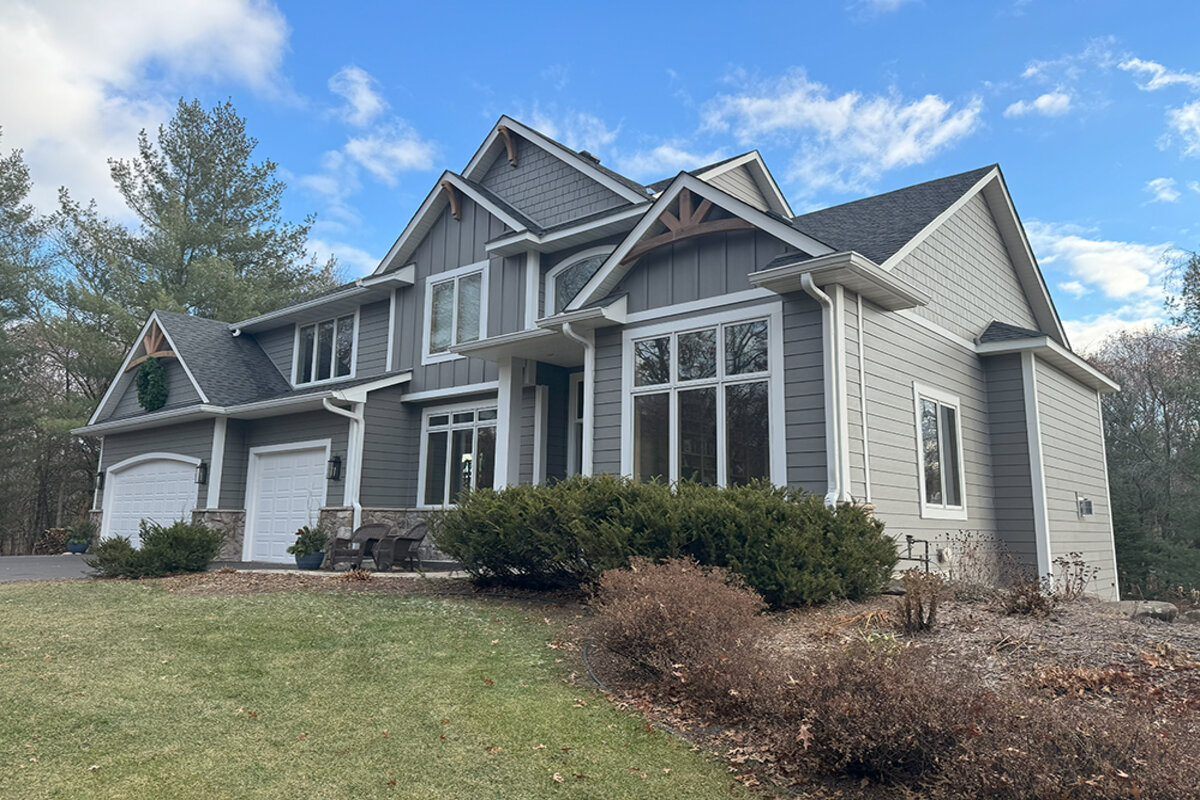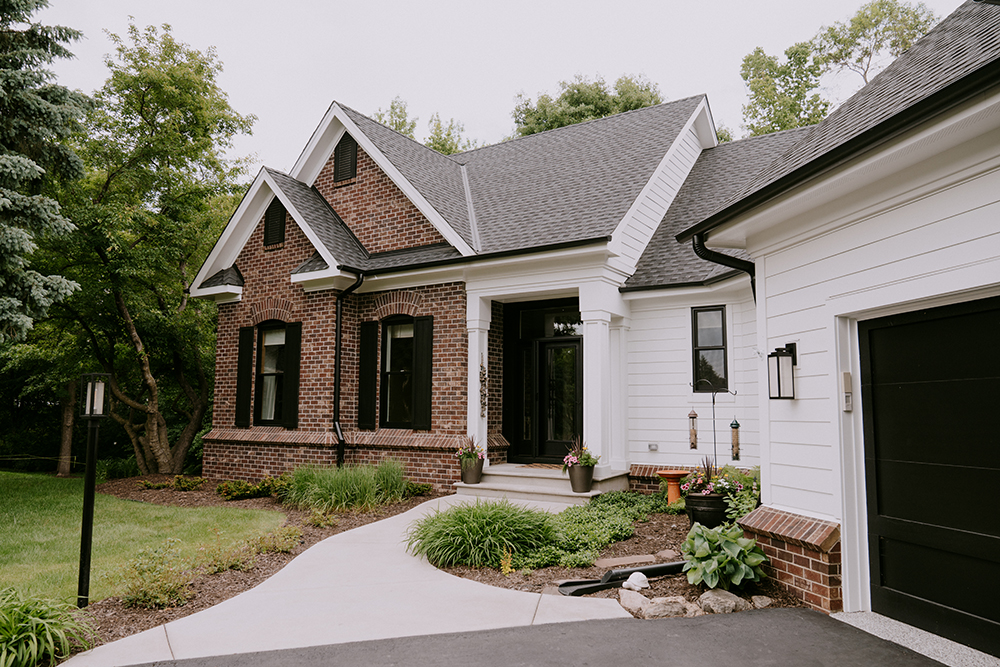Installing a new roof is a significant investment for any homeowner, both in terms of time and money. It’s a crucial aspect of home maintenance that ensures the safety and protection of your property. In this guide, we’ll walk you through the process of roof installation and explore the factors that influence the timeline.
The Installation Process
When it comes to installing a new roof, the process typically involves several steps. Firstly, the existing roofing material needs to be removed to make way for the new one. Once this is done, the roofing material, often shingles, is loaded onto the roof. Before laying down the new material, underlayments are placed to provide additional protection.
It’s essential to inspect the roof decking at this stage to ensure there’s no damage or rot that needs addressing. This step not only ensures a smooth installation but also allows for any underlying issues to be fixed, thus mitigating potential problems in the future. Finally, the shingles and accessories are installed to complete the process.
Duration and Timing of Roof Installations
Most roofing installations take about a day, depending on various factors such as the size of the roof and its complexity. However, some projects may extend into two or three days. Factors like steepness also play a role; steeper roofs require more caution and may slow down the process. Nevertheless, the average duration falls within the range of one to three days, making it a relatively quick endeavor considering the long-term benefits it offers in terms of protection and aesthetics.
Factors Affecting Timing
Several factors influence the duration of installing a new roof:
- Size and Complexity: Larger roofs or those with intricate designs may take longer to install compared to smaller, simpler ones. The more surface area there is to cover, the more time it will take to complete the project.
- Roof Steepness: Steeper roofs pose additional challenges for roofing professionals, as they require more caution and may slow down the installation process. Workers need to navigate carefully to ensure their safety and the quality of the work.
- Weather Conditions: While roofing work can typically proceed in various weather conditions, extreme weather such as heavy rain or high winds may delay the process. It’s essential to schedule the installation during favorable weather conditions to minimize disruptions.
- Material Availability: Availability of roofing materials can also impact the timeline. Delays in receiving materials can prolong the installation process, so it’s crucial to plan ahead and ensure all necessary materials are on-site before beginning the project.
In Summary
The duration of installing a new roof varies depending on several factors, including the size and complexity of the roof, its steepness, weather conditions, and material availability. While most installations can be completed within a day or two, larger or more complex projects may extend into three days. By understanding the process and factors influencing timing, homeowners can better plan for their roofing projects and ensure a smooth and timely installation process.
If you have any questions or need assistance, feel free to reach out to us. We’re here to provide guidance and support every step of the way as you embark on your journey to install a new roof.



















